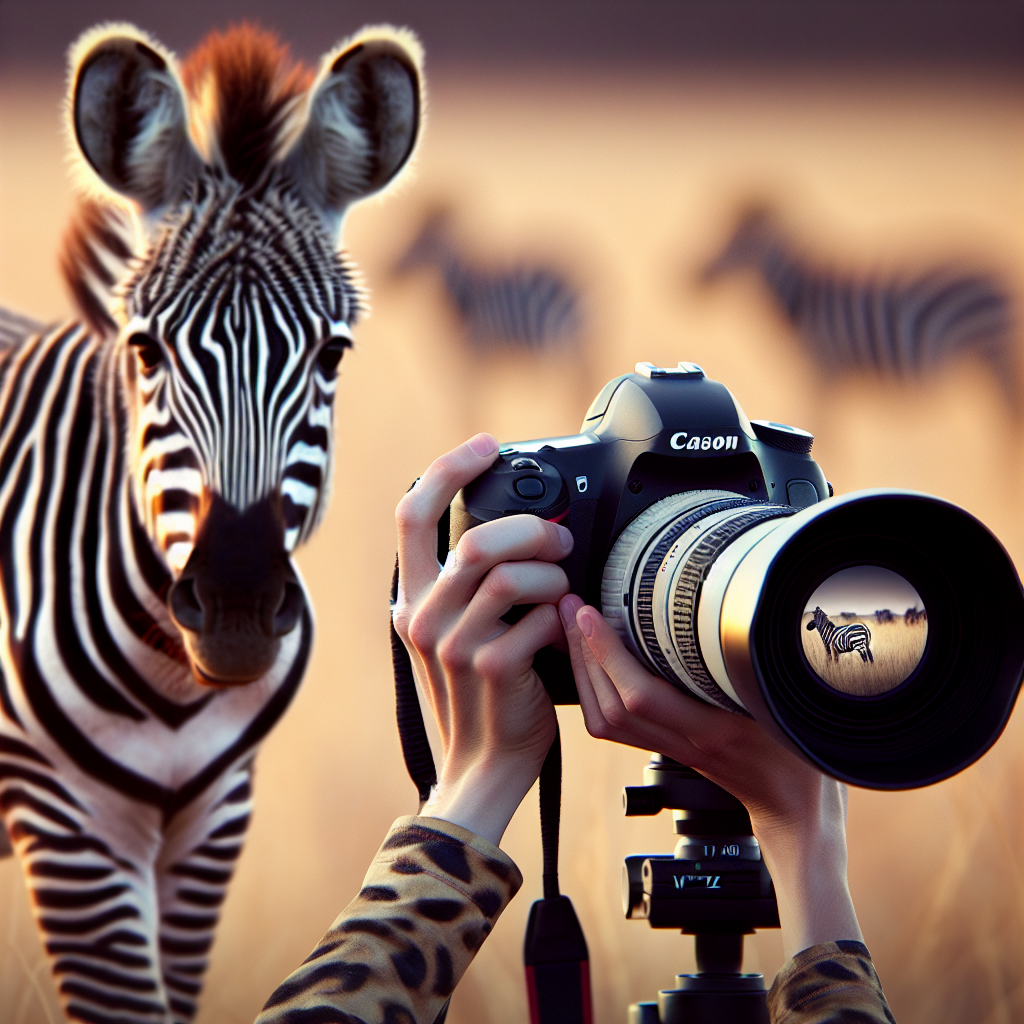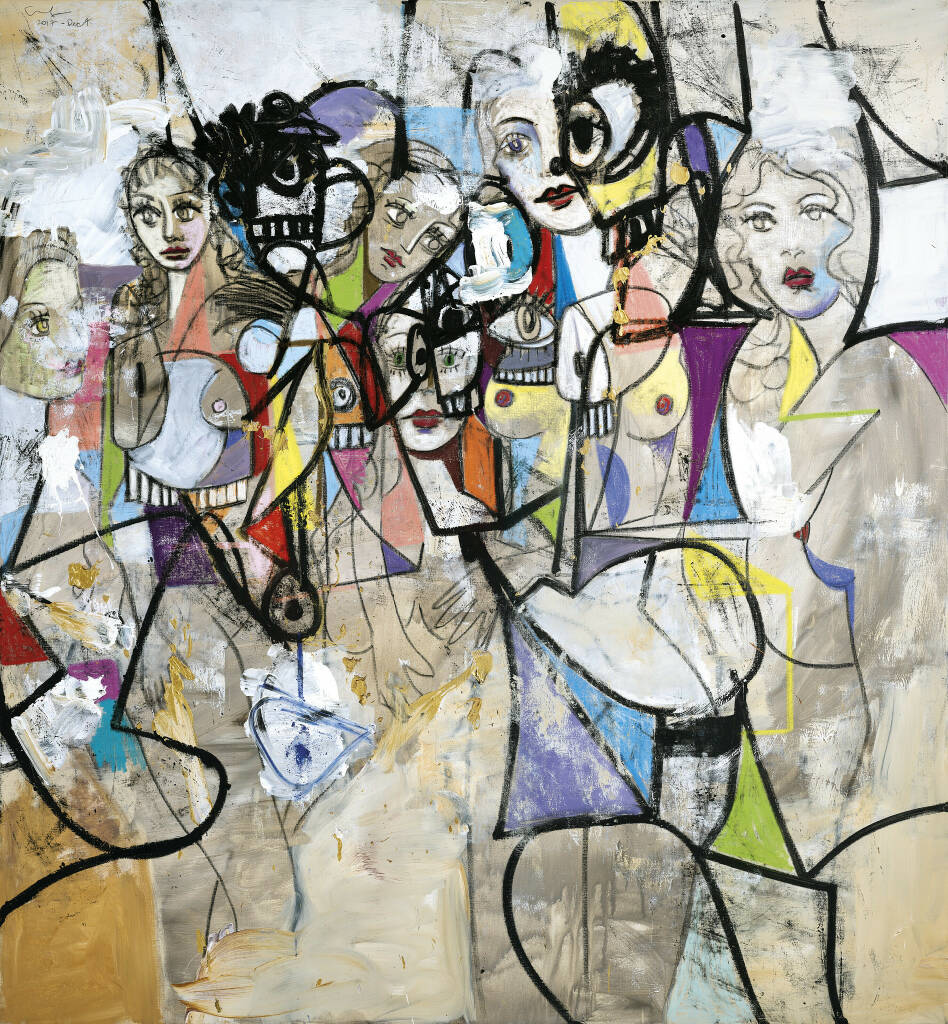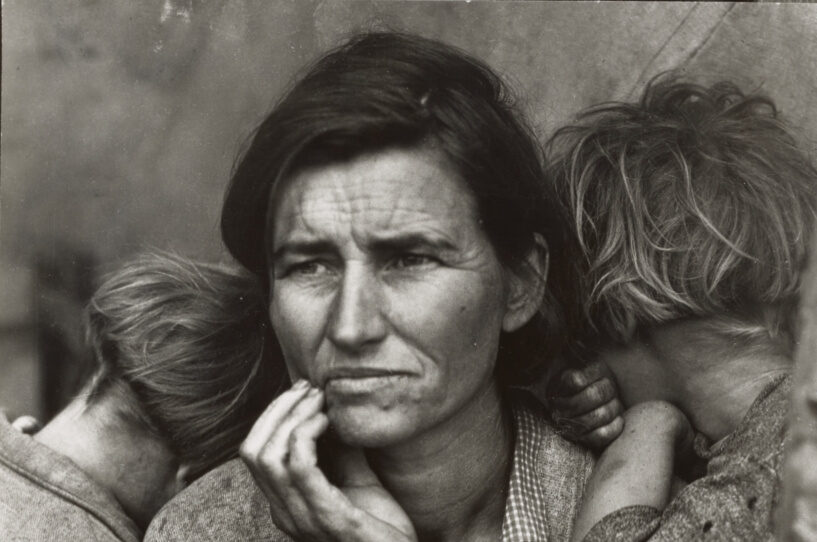Exploring 21st Century Art: Key Movements and Innovations
As we delve into the vibrant landscape of 21st-century art, we encounter a tapestry woven with dynamic movements and groundbreaking innovations that challenge traditional boundaries and redefine our perception of art. One of the most significant trends is the rise of digital art, a revolutionary force that embraces the limitless possibilities of technology. Artists now wield digital tools to create immersive experiences, from virtual reality installations that transport viewers to alternate universes to intricate digital paintings that push the limits of visual storytelling. In tandem with digital innovation, the art world has seen a resurgence of interest in social and political themes. This century has given rise to a generation of artists who use their work as a form of activism, addressing issues such as climate change, racial inequality, and gender identity. Through powerful visual narratives, these artists provoke thought and inspire action, challenging audiences to reflect on the pressing challenges of our time. Moreover, the concept of collaboration has taken center stage, blurring the lines between art and other disciplines such as science, architecture, and music. These interdisciplinary projects highlight the interconnectedness of our world, as artists join forces with experts from various fields to produce works that not only captivate the senses but also engage the intellect. Finally, the emergence of global art collectives has been a defining feature of this era. These collectives prioritize inclusivity and diversity, creating platforms for underrepresented voices and fostering cross-cultural dialogues. As they harness the power of the internet and social media, these groups expand the reach of their message, ensuring that art remains a vital and accessible tool for communication and expression in our increasingly interconnected world.
As we continue to explore the fascinating terrain of 21st-century art, it’s essential to acknowledge the role of technology in democratizing art creation and dissemination. With the rise of platforms like social media and online galleries, artists now have unprecedented opportunities to showcase their work to global audiences without the traditional gatekeeping of elite galleries and auction houses. This shift has empowered emerging artists from diverse backgrounds to gain recognition and build careers outside the conventional art world structures. Additionally, the 21st century has witnessed a growing appreciation for sustainability in art. As environmental concerns become ever more pressing, artists are turning to eco-friendly materials and processes, integrating natural elements into their work, and even creating pieces that actively engage with or restore the environment. This ecological consciousness reflects a broader cultural shift towards sustainability, highlighting the role of art as not only a mirror to society but also a catalyst for change. The role of art as a therapeutic tool has also gained recognition in recent years. As mental health takes center stage in contemporary discourse, more artists and institutions are acknowledging the healing power of creativity. Art therapy programs have proliferated, harnessing the expressive potential of art to support mental well-being and foster resilience. Through workshops and participatory projects, communities have found solace and connection in the shared experience of making art, emphasizing its intrinsic value beyond commercial or aesthetic considerations. These myriad innovations and shifts signify a vibrant epoch for art, where the confluence of tradition and technology, global connectivity, and personal expression redefines the cultural landscape. Art in the 21st century does not exist in isolation; it is deeply enmeshed within the fabric of contemporary society, actively shaping and being shaped by the world’s ever-evolving narratives.
As we consider the evolution of art into the 21st century, it’s important to recognize the enduring significance of historical institutions that have been instrumental in preserving and showcasing art through the ages. Some of the world’s oldest museums continue to serve as bastions of culture and history, offering insights into the evolution of artistic practices and societal values over time. Among these venerable institutions are the Capitoline Museums in Rome, established in the 15th century, which house an impressive collection of classical art and artifacts that illuminate the artistic achievements of ancient civilizations. Similarly, the Vatican Museums, also in Rome, trace their origins back to the early 16th century, presenting a vast array of treasures that span various periods and styles, including the breathtaking frescoes of the Sistine Chapel. The British Museum in London, founded in 1753, stands as another iconic institution that provides a comprehensive overview of human history and culture through its extensive permanent collections. These museums, with their longstanding legacies, not only safeguard heritage but also inspire contemporary artists by connecting them with the continuum of artistic endeavor, underscoring the timeless nature of creativity across centuries.
In exploring the realm of historical institutions, it is intriguing to note some of the oldest museums in the world, which have played pivotal roles in the preservation and dissemination of art and culture. One such venerable institution is the Ashmolean Museum in Oxford, established in 1683, which holds the distinction of being the world’s first university museum. It offers a rich collection of art and archaeology, spanning from ancient Egypt to contemporary works, thereby providing a comprehensive narrative of human creativity. Another notable mention is the Louvre Museum in Paris, originally a fortress in the late 12th century before becoming a royal palace and later transformed into a public museum in 1793. Home to thousands of works including the Mona Lisa and the Venus de Milo, the Louvre stands as a testament to art’s enduring power to captivate and educate. The Hermitage Museum, founded in 1764 in St. Petersburg, is another marvel, housing an immense collection that ranges from prehistoric art to masterpieces by European Old Masters. These time-honored institutions continue to play a crucial role in safeguarding the legacy of the past while inspiring future generations to explore the depths of artistic expression.
در ادامه به معرفی برخی از قدیمیترین موزههای دنیا که نقش مهمی در حفظ و انتشار هنر و فرهنگ داشتهاند، میپردازیم:
- موزه اشمولین (Ashmolean Museum) در آکسفورد، انگلستان:
- تأسیس: 1683
- به عنوان اولین موزه دانشگاهی در جهان شناخته میشود و مجموعهای غنی از هنر و باستانشناسی، از مصر باستان تا آثار معاصر را در بر میگیرد.
- موزه لوور (Louvre Museum) در پاریس، فرانسه:
- تأسیس: 1793 (به عنوان موزه عمومی)
- قبل از آن، به عنوان یک قلعه و سپس یک کاخ سلطنتی ساخته شده بود. لوور خانه هزاران اثر نفیس از جمله «مونالیزا» و «ونوس میلو» است.
- موزه هرمیتاژ (Hermitage Museum) در سنپترزبورگ، روسیه:
- تأسیس: 1764
- این موزه مجموعهای عظیم از آثار هنری را از هنرهای پیشاتاریخی تا آثار بزرگ هنرمندان اروپایی را در بر میگیرد.
- موزه بریتانیا (British Museum) در لندن، انگلستان:
- تأسیس: 1753
- به عنوان یکی از بزرگترین و جامعترین موزههای تاریخ و فرهنگ بشری، مجموعهای گسترده از آثار هنری و باستانی را به نمایش میگذارد.
این موزهها به دلیل تاریخچه غنی و مجموعههای منحصر به فرد خود، هنوز هم الهامبخش هنرمندان معاصر هستند و به حفظ میراث فرهنگی کمک میکنند.




Responses